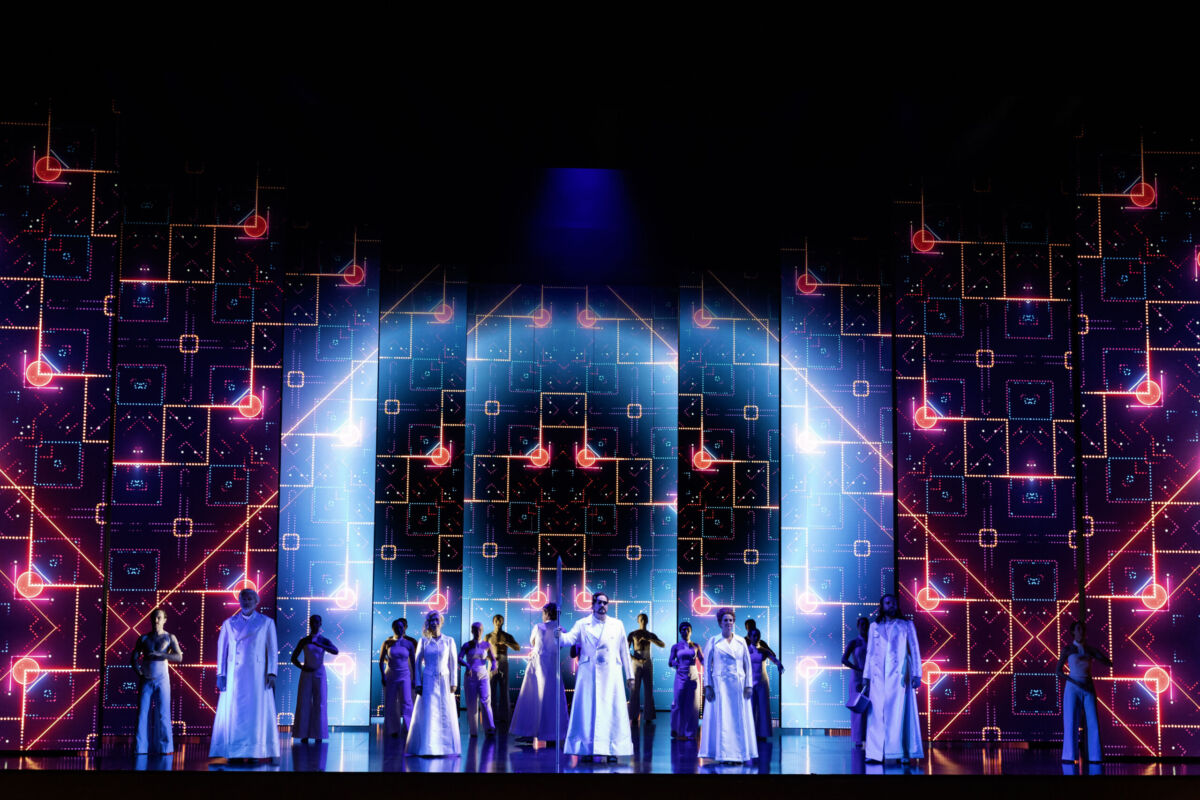Wagner intended Der Ring des Nibelungen to be a three-day theatre festival with a preliminary evening. That preliminary evening is Das Rheingold – the shortest of the four operas – and like a chef’s first course in a degustation, it serves two purposes.
As a palate cleanser, it rids the audience of any preconceptions about what it is about to see, and as a manifesto, it lays down the rules of engagement between the creative team and audience.
It is where Wagner introduces his key leitmotifs – the Rhein, the curse, etc. – and the notion of seeing and hearing as one.
And it provides the creative team with the opportunity to present its visual vocabulary to support this. After all, this is a Gesamtkunstwerk in which all the visual elements combine with the music to create a total theatre work, in which each complementary part is equally important.
The promise of a “digital Ring” conjures up all sorts of ideas, as well as the suspicion that the director and designer may throw everything but the kitchen sink at you. No fear.

Opera Australia’s Das Rheingold in Brisbane. Photo © Opera Australia
At one...










Having attended Das Rheingold two days ago, I cannot agree with the wholehearted praise given by this review. For the most part, the digital screens failed to do anything to amplify the story. For the most part, the digital screens had repeated patterns like a computer screen saver. If digital “sets” are the way of the future, that is fine, but if they don’t help to tell the story, either physically or emotionally, their role is questionable. The orchestral interludes in Das Rheingold specify the change from one environment to another, from the depths of the Rhine to the realm of the gods, the descent into Nibelheim and the return to the gods’ domain. None of this was conveyed by the digital imaging. Indeed the anvils used twice in the interludes as Wotan and Loge pass the toiling Nibelungs was disconnected, unrelated and rendered meaningless by the digital graphics.